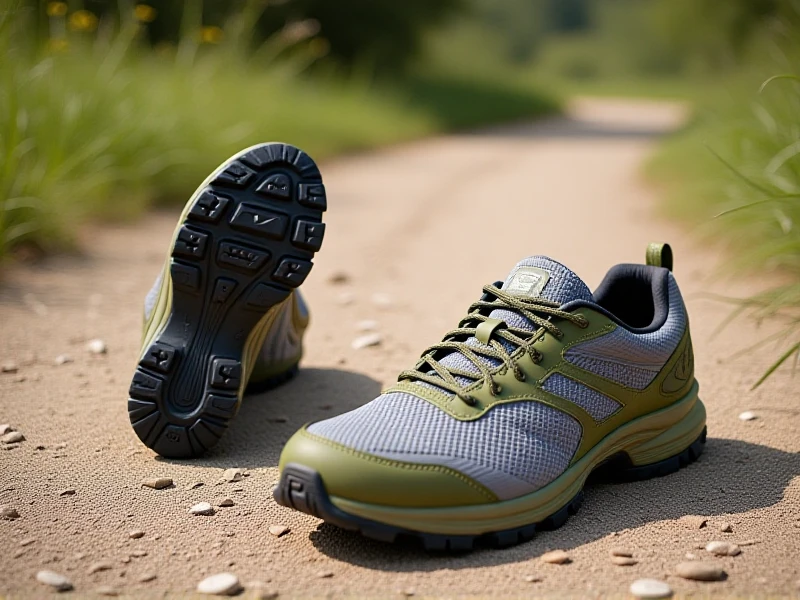
Choosing the Best Hiking Shoes: Finding Your Perfect Footwear for Trails
Imagine cresting a ridge line, greeted by breathtaking views – your feet comfortable and supported every step of the way. That dream hike becomes reality with the right hiking shoes. This crucial piece of gear impacts your comfort, safety, and overall enjoyment far more than most realize. But navigating the vast array of options can be daunting. Here's what you need to know to choose wisely.
Your adventure starts from the ground up. The first decision involves terrain. Are you sticking to well-maintained paths? Lightweight trail runners or low-cut hiking shoes offer agility and breathability. Venturing onto rocky, uneven trails or carrying a heavier pack demands mid or high-cut boots. These provide superior ankle support and stability, crucial for preventing twists and sprains on unpredictable terrain. Don't underestimate the stability challenge loose scree or muddy paths pose.
Fit reigns supreme. Never buy hiking shoes without trying them on, ideally later in the day when feet tend to swell slightly. Wear the hiking socks you plan to use. Ensure ample toe room (about a half-inch or thumbnail's width ahead of your longest toe) to prevent painful nail bruising on descents. Your heel should be locked in place with minimal lift. Walk on an incline/decline simulator if the store has one. Remember, sizes vary wildly between brands and models – rely on fit feel, not the number.
Ankle support is key for challenging hikes. While lower-cut hiking shoes are nimble, higher collars offer more protection on technical ground. Understand your route: steep, rocky ascents/descents benefit greatly from high-cut boots. The added rigidity also stabilizes heavier loads. Consider your personal ankle strength and any previous injuries. Over-ankle boots are often essential for demanding multi-day backpacking trips.
Modern hiking shoes technology is impressive. Waterproof breathable membranes (like Gore-Tex) are essential for wet conditions but can feel hotter in dry, warm climates. Mesh uppers excel in heat, offering superior ventilation. Outsoles vary significantly. Deeper, aggressive lugs provide excellent traction in mud and soft ground, while shallower, denser lugs are better suited for hard-packed trails and rock. Stiffer midsoles offer more support under load over long distances.
Investing time in finding your perfect hiking shoes pays off immensely. Prioritize fit above all else, then consider the terrain and conditions you face most often. Remember, proper socks (and even insoles) complete the system. Getting this right means miles of comfortable trails and unforgettable scenery, with happy feet paving the way. Shop knowledgeable brands known for quality construction – your trails deserve it. Always prioritize comfort and support; your feet will thank you mile after mile.